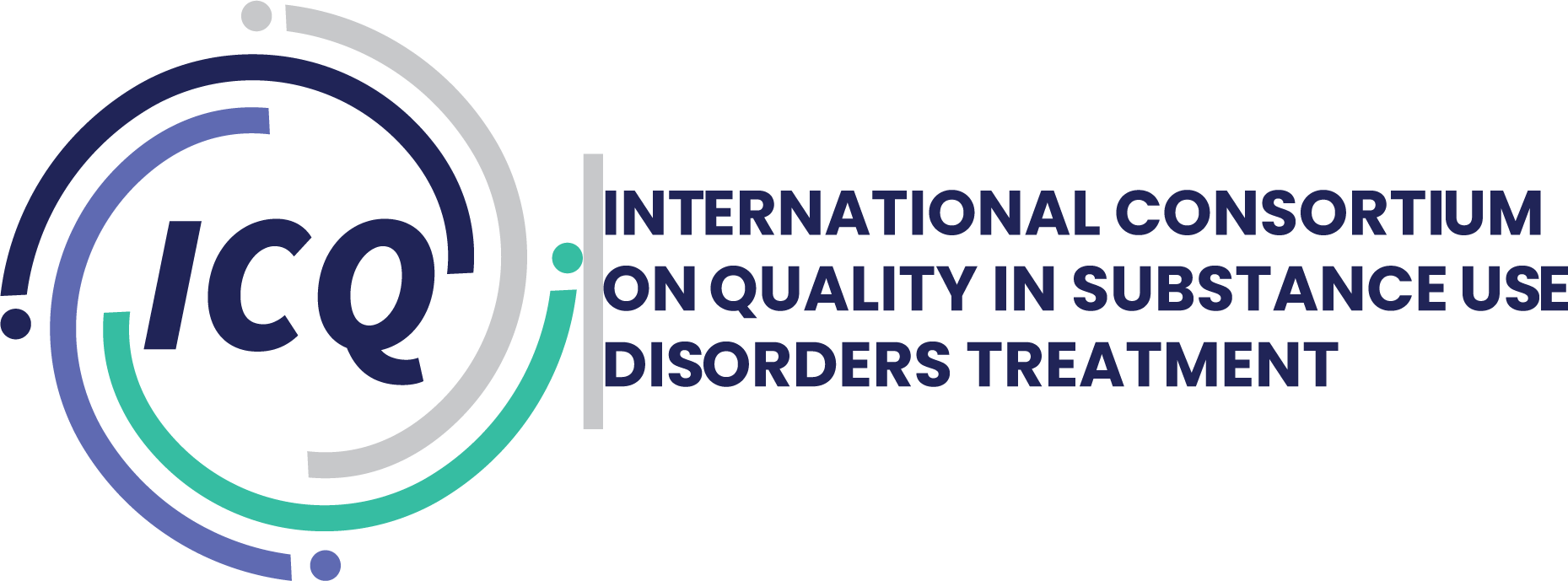Community-based treatment, care, and supervision for people with substance use problems who are involved with the justice system.
Reduce Drug Related Crime
Systematic review and meta-analysis of noninstitutional psychosocial interventions to prevent juvenile criminal recidivism.
Abstract Objective: To assess the effectiveness of noninstitutional psychosocial interventions in preventing recidivism among criminal adolescents. Method: We performed a systematic review and meta-analysis of randomized and nonrandomized...
Promising approaches to police–mental health partnerships to improve service utilization for at-risk youth.
Abstract Youth involved in the juvenile justice system typically have a high prevalence of mental health disorders. Although police are frequently the first point of contact for these youth, they are often not trained to understand or...
Substance use prevention services in juvenile justice and behavioral health: results from a national survey.
Abstract Background: This study examined the national availability of substance use prevention (SUP) within juvenile justice (JJ) and their primary behavioral health (BH) providers, and the relationships between the availability of SUP and...
The Juvenile Justice Behavioral Health Services Cascade: A new framework for measuring unmet substance use treatment services needs among adolescent offenders.
Abstract Overview: Substance use and substance use disorders are highly prevalent among youth under juvenile justice (JJ) supervision, and related to delinquency, psychopathology, social problems, risky sex and sexually transmitted...
A meta-analysis of experimental studies of diversion programs for juvenile offenders.
Abstract Objective Research to establish an evidence-base for the treatment of conduct problems and delinquency in adolescence is well established; however, an evidence-base for interventions with offenders who are diverted from the...
The linkage between mental health, delinquency, and trajectories of delinquency: Results from the Boricua Youth Study
Abstract Purpose. To examine the longitudinal relationship between depression, delinquency, and trajectories of delinquency among Hispanic children and adolescents. Methods. Propensity score matching is used to match depressed and non...
Mentoring programs for youth: A promising intervention for delinquency prevention.
To realize the full potential of youth mentoring programs, it is critical to advance research on program effectiveness and population-level impact.
Mentoring for preventing and reducing delinquent behavior among youth.
Summary: This review examines research as it relates to mentoring as a prevention strategy for delinquent behavior. The appeal of mentoring as a delinquent behavior prevention strategy is understandable given its relatively low cost and...
Mentoring programs to affect delinquency and associated outcomes of youth at risk: A comprehensive meta-analytic review.
Abstract Objectives: To conduct a meta-analytic review of selective and indicated mentoring interventions for effects for youth at risk on delinquency and key associated outcomes (aggression, drug use, academic functioning). We also...
Examining the effects of Juvenile drug treatment courts: A systematic review and meta-analysis.
Abstract We meta-analytically examined program graduation rates among juvenile drug treatment court (JDTC) participants, the effects of JDTCs on recidivism and substance use outcomes, and the variability in these effects. We systematically...
